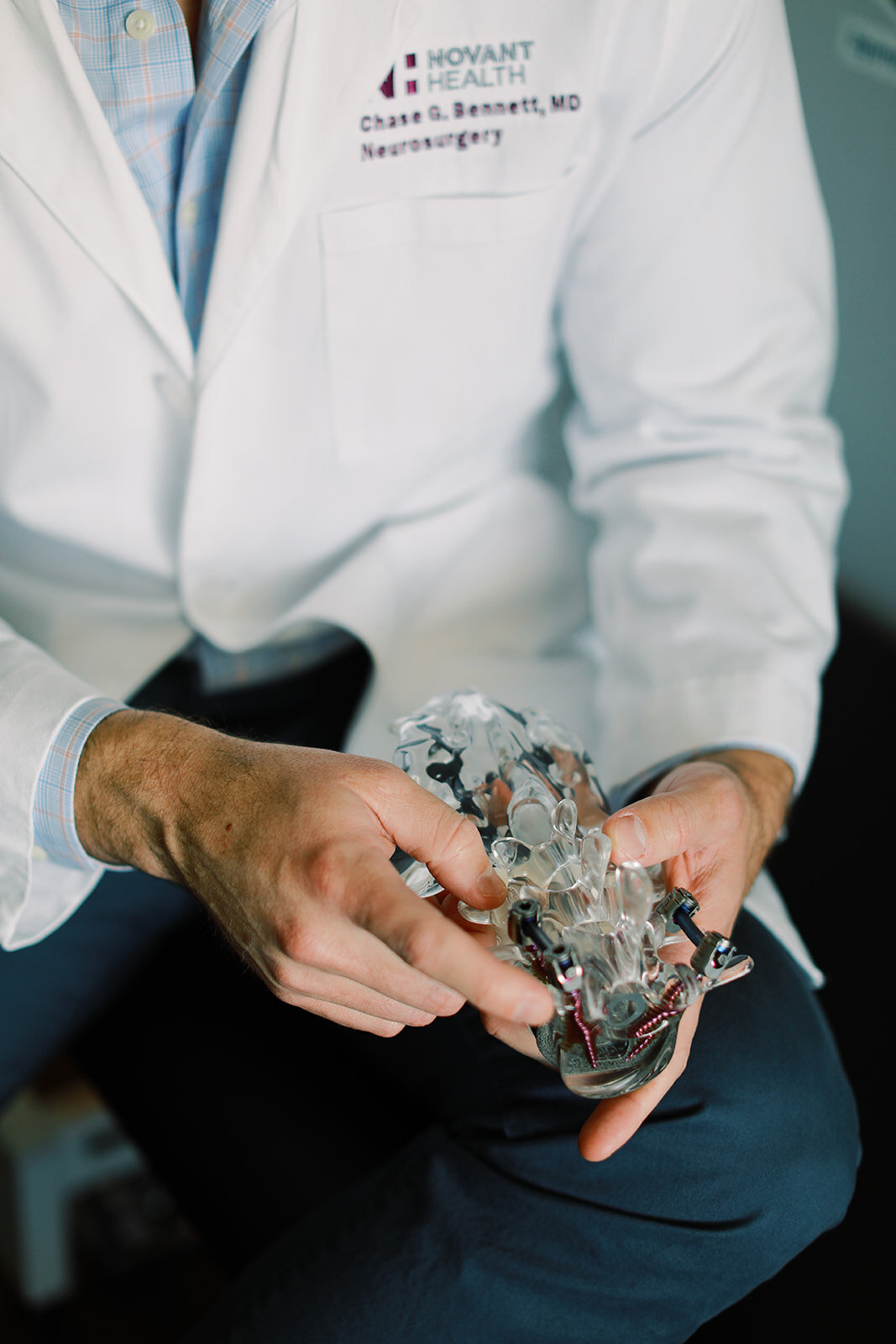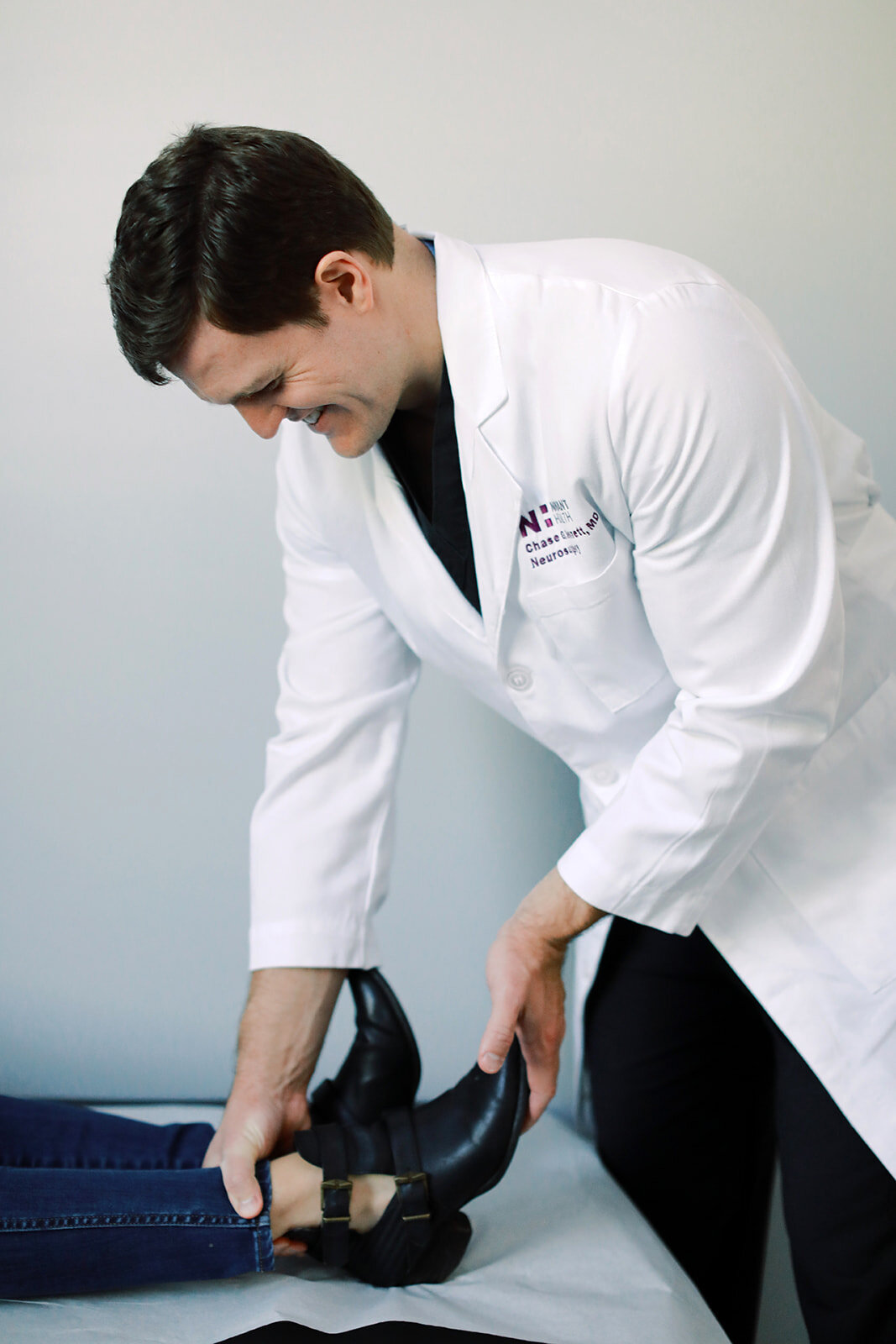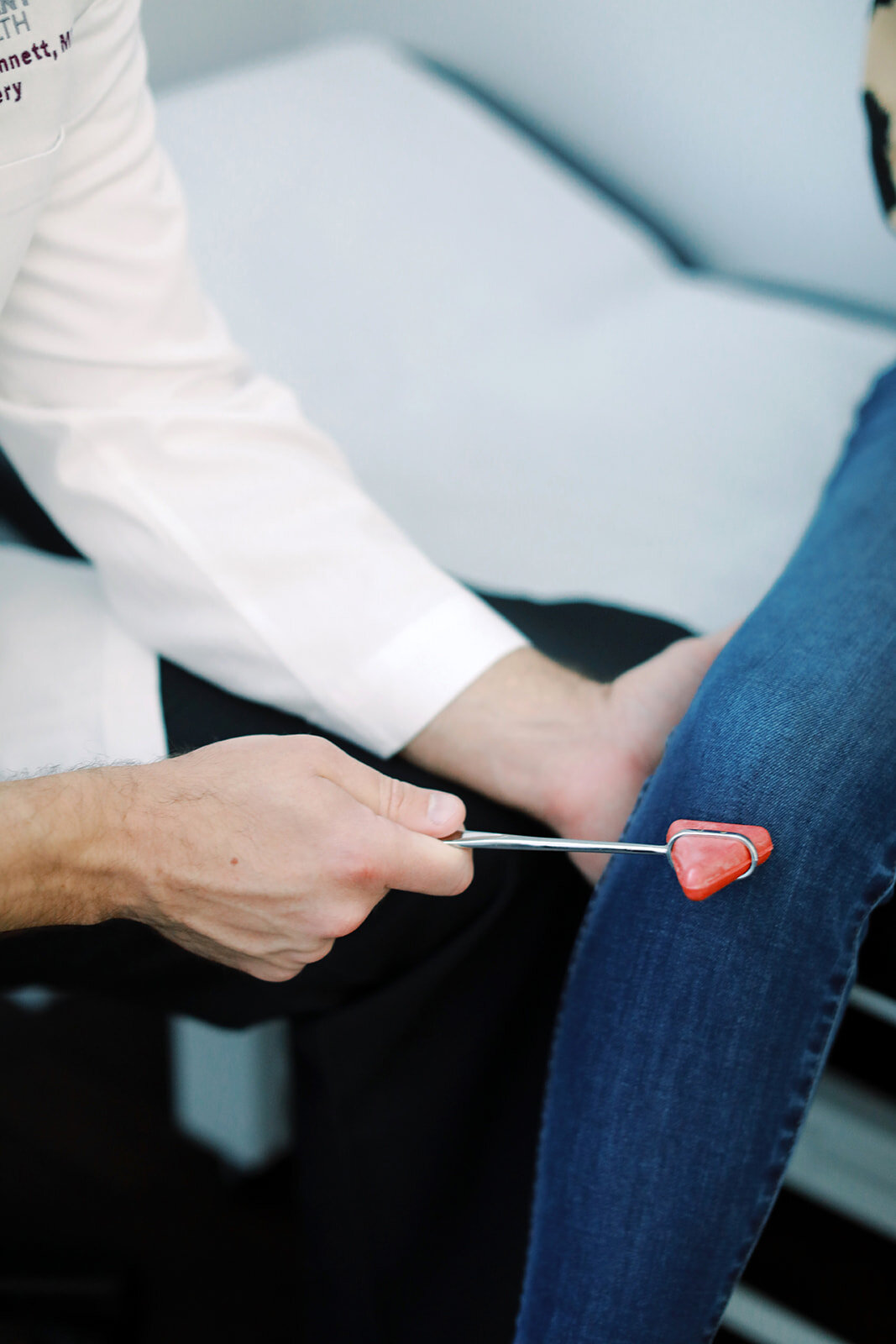If you have any questions about PCF or spine surgery, please call or visit our office or your primary/referring physician. This information is not a replacement for in-person professional medical advice.
General overview
Your physician may determine that the PCF procedure is a good option for you if you require an interbody fusion, are skeletally mature, and have received at least six weeks of nonsurgical treatment. Conversely, your physician may determine that a PCF procedure is not a good option for you if you are not a good candidate for fusion surgery in general due to other medical conditions. These conditions can be but are not limited to: sensitivity to general anesthesia, inability to tolerate a prone position, inadequate bone quality, as well as other indications
What to expect
Before Surgery
Our team or your physician will review your condition and explain treatment options, including medications, physical therapy, and other surgeries. Should you have any questions regarding the procedure, do not hesitate to ask your surgeon. Your physician will provide thorough preoperative instructions.
During Surgery
After you are sedated, positioned face down, and surrounded by the appropriate surgical draping, an X-ray image is taken of your spine to identify the location of the operative levels of your cervical spine.
Step 1: Approach
Your surgeon will make an incision over the treatment area down the midline of the back of the neck.
Step 2: Decompression
Some removal of impinging bone may be performed (laminectomy or facetectomy) if direct spinal cord or nerve root decompression is necessary.
Step 3: Implant
Instrumentation is inserted to provide stabilization at the treated levels. Rod systems with hooks and screws are the most common instrumentation used in this surgery. Rods will be contoured and inserted to fit the space. The rods will be secured in place with locking screws.
Step 4: Fusion
Once the instrumentation has been secured in place, bone graft material is implanted to help promote fusion.
After surgery
After surgery, you will wake up in the recovery room, where your vital signs will be monitored and your immediate postoperative condition will be carefully observed. Once the medical staff feels that you are doing well, you will be returned to your room in the hospital. Your physician will determine the best postoperative course for you. This will include the use of a neck brace, any medications to take home, as well as a prescribed program of activities. Your physician will provide instructions on wound care, exercises, and limitations to postoperative activity.
Frequently asked questions
What are the potential risks of a PCF procedure?
Keep in mind that all surgery presents risks and complications that are important to discuss with your surgeon prior to your surgery. Listening to your physician’s guidance, both before and after surgery, will help your recovery. Potential risks following a PCF procedure include:
Axial neck pain
Morbidity (incidence of disease)
Stiffness
Loss of range of motion
Paralysis
Bleeding requiring a blood transfusion
Failure of the fusion
Failure of the instrumentation
Nerve root injury
Dural tears
This is not intended to be a complete list of the possible complications. Please contact your physician to discuss all potential risks.
Can I shower after surgery?
Depending on your surgical incision, you may have showering restrictions. Ask your physician for appropriate instructions.
Will I have a scar?
Your physician will discuss the incisions that will be made during a PCF surgery.
When can I drive?
For a period of time after your surgery, you may be cautioned about activities such as driving. Your physician will tell you when you may drive again.
Can I travel?
The implants used in posterior cervical fusion will not set off a metal detector.



